Schapendoes
Schapendoes is a friendly and lively dog breed originating in the Netherlands. These dogs existed for centuries on Dutch farms, where they were used as herding and general farm dogs. Today these dogs are commonly found in the role of a family companion rather than that of a farm dog.
In most cases, they were replaced on their farm duties by other breeds, such as Border Collies. These dogs are sweet-natured and very devoted to their family. They excel in dog sports such as agility and flyball.
Here are the most important things you should know about the Schapendoes breed.

Height:
16-20 in (41-51 cm)

Weight:
26-55 lb (12-25 kg)

Origin:
Netherlands

Life Expectancy:
12-15 years
Dog Breed Characteristics
Appearance
The Schapendoes are medium-sized dogs with a mustache and a beard, as well as distinctive feathering on the backs of their legs and tails. When working, their tail should be long and swing from side to side, or it should spring straight up when running. The Schapendoes has an athletic and well-muscled body beneath their dense coat of fur, which is not visible to the naked eye.
Adult dogs should be 16-20 inches tall. Breed members typically weigh between 26 and 55 pounds. Their long and dense double coat can come in any color, though the most common is an overall white coat with brown or grey markings, and their fur lightens towards their feet.
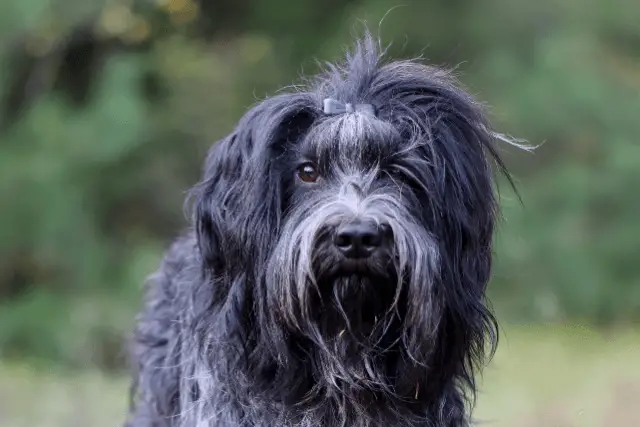
Temperament
Working without much human interaction on the Dutch fields for many years explains why the Schapendoes is such an independent dog. On the other hand, farmers bred their dogs to be easy to train and responsive, which means they want to please people and will do what is asked of them.
Schapendoes dogs did not have to develop aggressive or defensive personalities because they were never forced to defend their flocks from dangerous predators. Most are very friendly and affectionate. The Schapendoes is a natural watchdog who will bark at the approach of a stranger and is always alert, even when resting at home.
The breed enjoys playing and is a cheerful dog that gets along with almost everyone. While they are tolerant of children and other animals, their herding instincts are often intense. It is vital to keep an eye on them so that they do not try to herd kids!
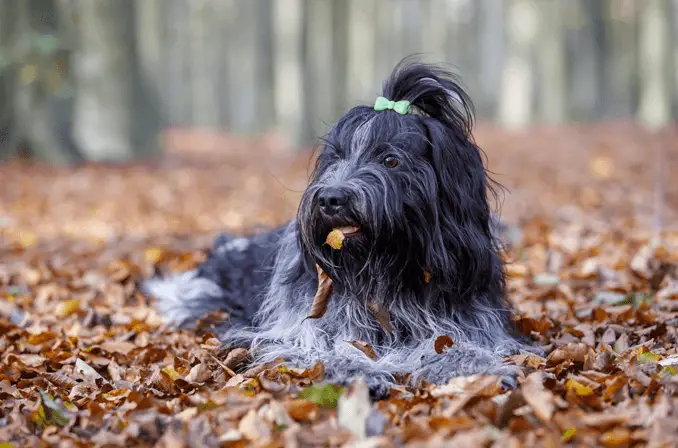
Care guide
The Schapendoes, like any other dog breed, has unique requirements. These dogs will require proper care if they are to thrive and become the best versions of themselves. Grooming, training, exercise, and socialization will all be essential aspects of a Schapendoes' life. The following are the most critical aspects of Schapendoes care.
Grooming
Despite their long coats, Schapendoes do not require much grooming. For the most part of the year, a Schapendoes requires little more than a weekly brushing and the occasional bath.
They are, however, heavy shedders and will most likely leave fur wherever they go in your home. Because they are not hypoallergenic, they may not be suitable for anyone who suffers from dog allergies. You should also be aware that they shed seasonally, once or twice a year, and that they will require almost daily brushing sessions during that time.
Because these dogs have folded ears, they are prone to ear infections. Because the dark, warm, moist environment is ideal for yeast and bacteria development, make sure to check your dog's ears regularly. Ear cleaners can be used to keep your Schapendoes' ears healthy.
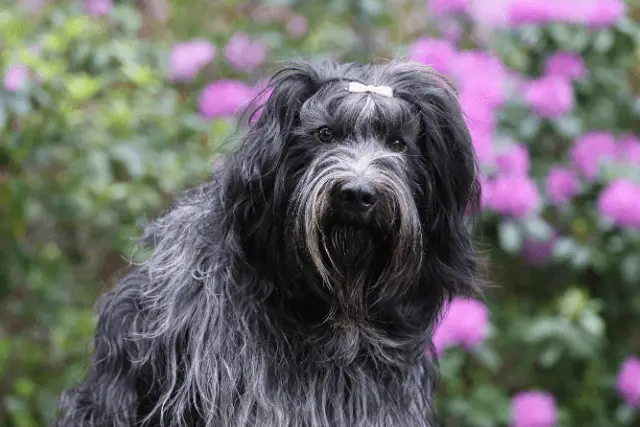
Start brushing your dog's teeth when they are a puppy. If you want to avoid periodontal disease and costly vet visits, you must remove tartar and bacteria buildups regularly. If your dog dislikes it, you can use toys or treats to keep their pearly whites white.
Schapendoes are an active breed, so their nails will usually wear down. If this does not happen, you should clip them. If you hear your dog's nails clicking on the floor, it means they have grown too long. If you're unsure how to do it safely, ask your vet or a groomer for assistance.
Training
Schapendoes are prone to being independent thinkers due to their working dog heritage, which is essential for allowing them to do their jobs with minimal supervision from farmers. They are, however, very eager to please, making them easier to train than more independent breeds.
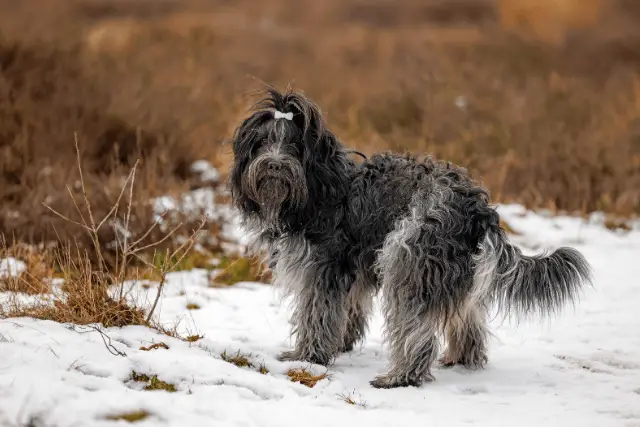
For the Schapendoes, positive, reward-based training should be very effective. When you bring your puppy home, you should start training them as soon as possible. Their training will have to include potty training, leash training, and crate training, which we recommend. Because they will be reluctant to soil their sleeping area, crates can help you teach your dog where to potty. Furthermore, a crate is a private space for your dog, where they can always find peace and quiet.
Exercise needs
Only a few decades ago, the Schapendoes was a true working dog. While most are no longer used as shepherds, the breed has retained its stamina and high exercise demands. The Schapendoes thrives in rural areas or areas with secure outdoor access, as it is used to patrolling fields for hours on end. Due to the lack of open fields for running, several long walks per day will be required.
Walks alone will not keep the Schapendoes content, as they need to be mentally stimulated as well. They should be encouraged to participate in dog sports such as agility, obedience, and other disciplines. A bored, unmotivated Schapendoes is more likely to exhibit undesirable behaviors such as hyperactivity and excessive barking.
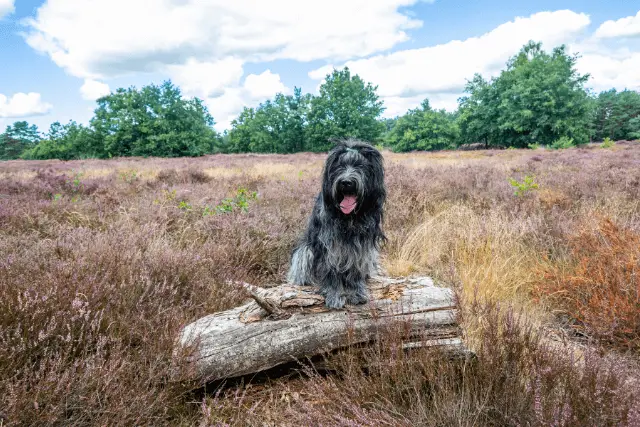
Socialization
Whatever breed of dog you have at home, socialization should be a priority. The good news is that Schapendoes is a naturally friendly breed, so this should be a breeze. Make sure, however, that socialization begins as soon as you bring your puppy home. Assist the puppy in becoming acquainted with new sounds, situations, people, dogs, surfaces, and sights. The puppy will gain confidence and learn to respond appropriately in various situations.
Schapendoes and kids
Schapendoes make excellent family dogs in general. They are a medium-sized breed that is sturdy enough to be a playmate for children without being so large that they overwhelm small children. Schapendoes are friendly and loving to their family and other people they know, but they are wary of strangers.
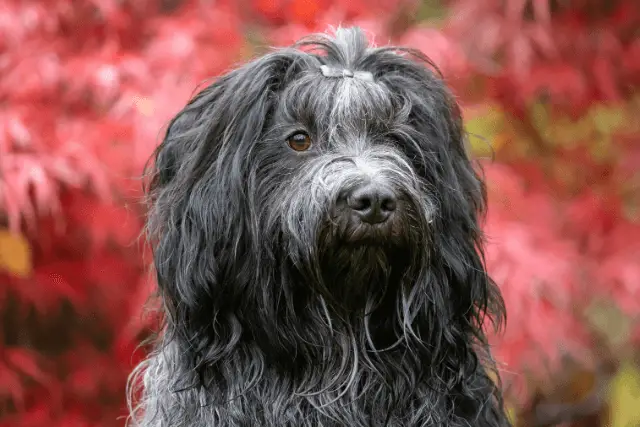
Schapendoes and other pets
When properly introduced and socialized, Schapendoes generally get along well with other dogs. Schapendoes had to coexist with various animals as farm dogs, and they don't have a high prey drive like some other breeds. They can also coexist peacefully with cats, especially if raised together.
Even if a Schapendoes isn't aggressive toward small exotic pets, it's usually a good idea to keep such animals away from any animal they might perceive as a predator to avoid stressing them out.
Health
Schapendoes are a relatively healthy breed with only a few possible inherited conditions. Responsible breeders will always be open and honest about any potential problems with their dogs, as well as the health screenings they've had. Don't be afraid to ask questions to ensure that you get the healthiest puppy possible. Here are some of the potential health issues that these dogs may face:
- Patent ductus arteriosus - This abnormality causes poor blood flow. It is frequently detected as a heart murmur during a puppy's first health check.
- Progressive retinal atrophy (PRA) - A non-painful ocular condition that causes the destruction of eye cells over time, eventually leading to blindness.
- Ear infections - The long-haired Schapendoes has particularly hairy ears. Because they do not stand erect, the ear canals have a propensity for becoming moist and humid, allowing yeast and bacteria to thrive.
- Hip dysplasia - An inherited condition characterized by abnormal hip development and function.
- Elbow dysplasia - A musculoskeletal condition characterized by abnormal elbow development and function.
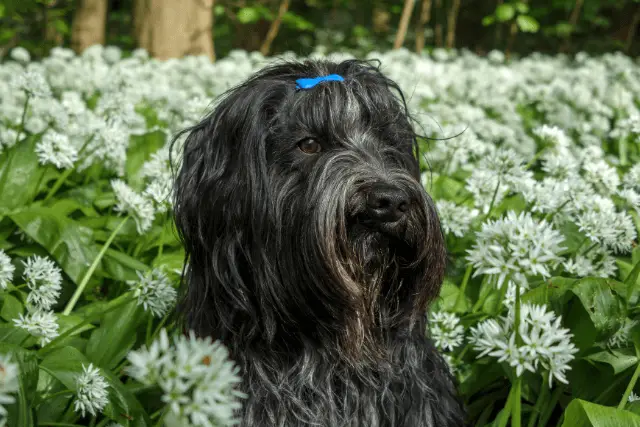
Schapendoes breeders
If you want to get a Schapendoes, you must first find Schapendoes breeders. Remember that this is not the most popular dog breed in the world, so obtaining one of these dogs may take some time. Nonetheless, don't settle for a puppy from an untrustworthy source. Instead, be patient and look for a reputable Schapendoes breeder.
World Dog Finder team

Updated at31.08.2023.
Breed History
While it is certain that the Schapendoes originated in Holland and has traditionally been used as a shepherding dog, little else is known about its history. The “does” part of its name comes from the word for swamp and is thought to have been most popular in Drenthe, a province in northeastern Holland known for its marshland, swamps, and forests.
The Schapendoes are closely related to the Old English Sheepdogs, Bergamascos, Bearded Collies, Polish Lowland Sheepdogs, and Briards, all of which bear a striking resemblance. Because the Schapendoes evolved naturally on mainland Europe, it is most likely a landrace of several local shepherding breeds.

In the late 1800s, all regional shepherding dogs were lumped together and dubbed "domestic herding dogs." Farmers were more concerned with their ability as working dogs than their physical characteristics. These dogs would herd sheep for long periods of time in wet and cold weather, necessitating their long, protective coat. They had to be simple to train and attentive to their master. Unlike many other sheepdogs, the Schapendoes did not need to be protective or courageous because the Dutch farmers had little to fear from predators such as bears and wolves. These predators were mostly found in Eastern Europe.
Farmers became less fond of the Schapendoes as they imported other dogs, such as the Border Collie, to do their work. And, like many other breeds, they were severely impacted by World War II, with breed numbers drastically decreasing by the mid-twentieth century.
Initially, P.M.C. Toepoel, a Dutch inspector, is credited with the breed's revival after WWII. He encouraged others to take an interest and begin restoring the population size. His efforts were fruitful, and while the local farmers may have moved on, the Schapendoes is no longer endangered. Many local fanciers and breeders are now working to preserve this iconic Dutch breed. While the Schapendoes are certainly more common in Holland than anywhere else, they have been exported to many other European countries, as well as the United States and Canada.

The breed was eventually recognized by the Dutch Kennel Club in 1952 and by the FCI in 1971. Several major kennel clubs, including the UKC, have recently registered them in their Herding Groups.
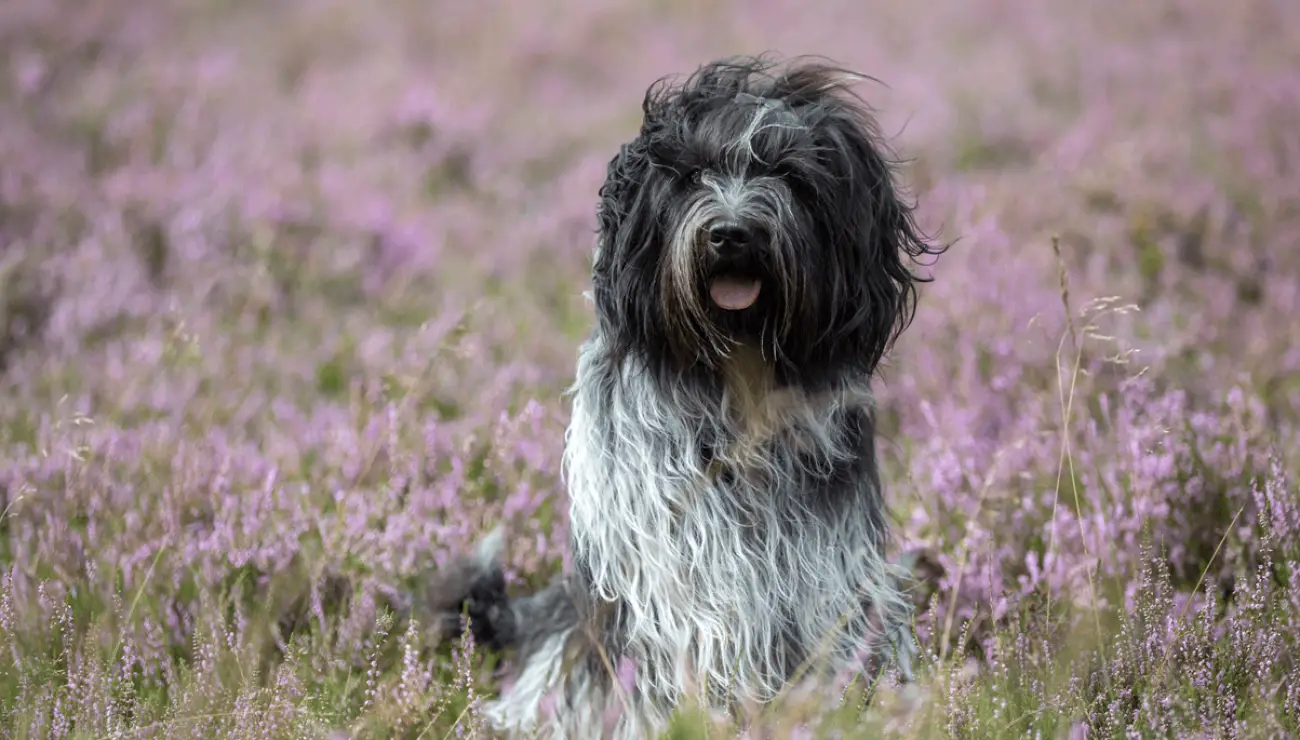
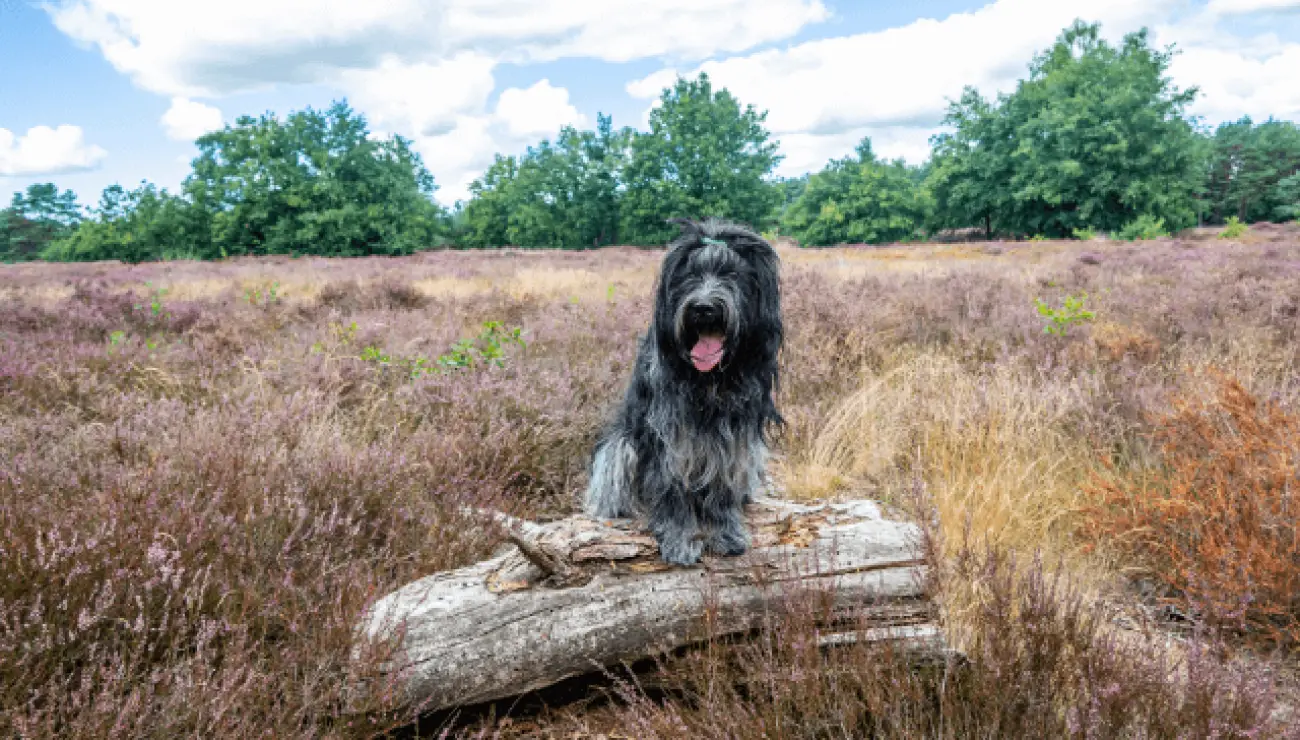
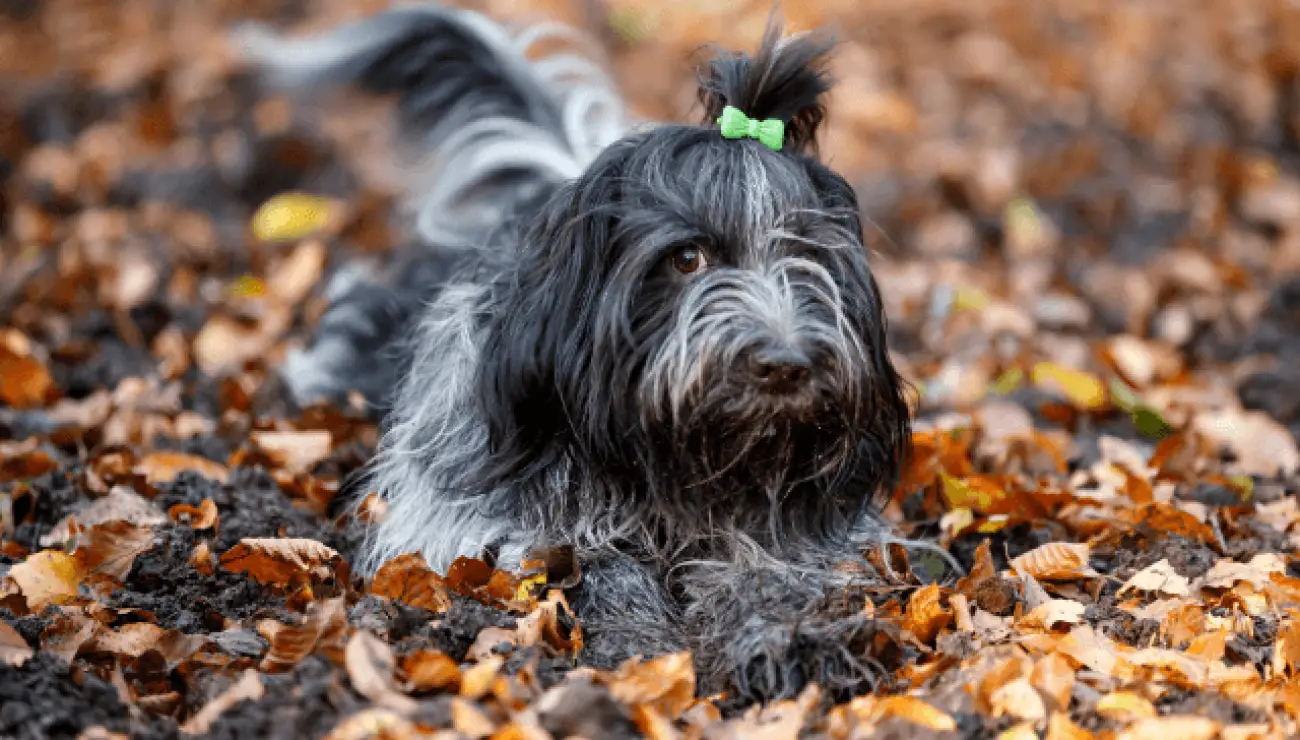
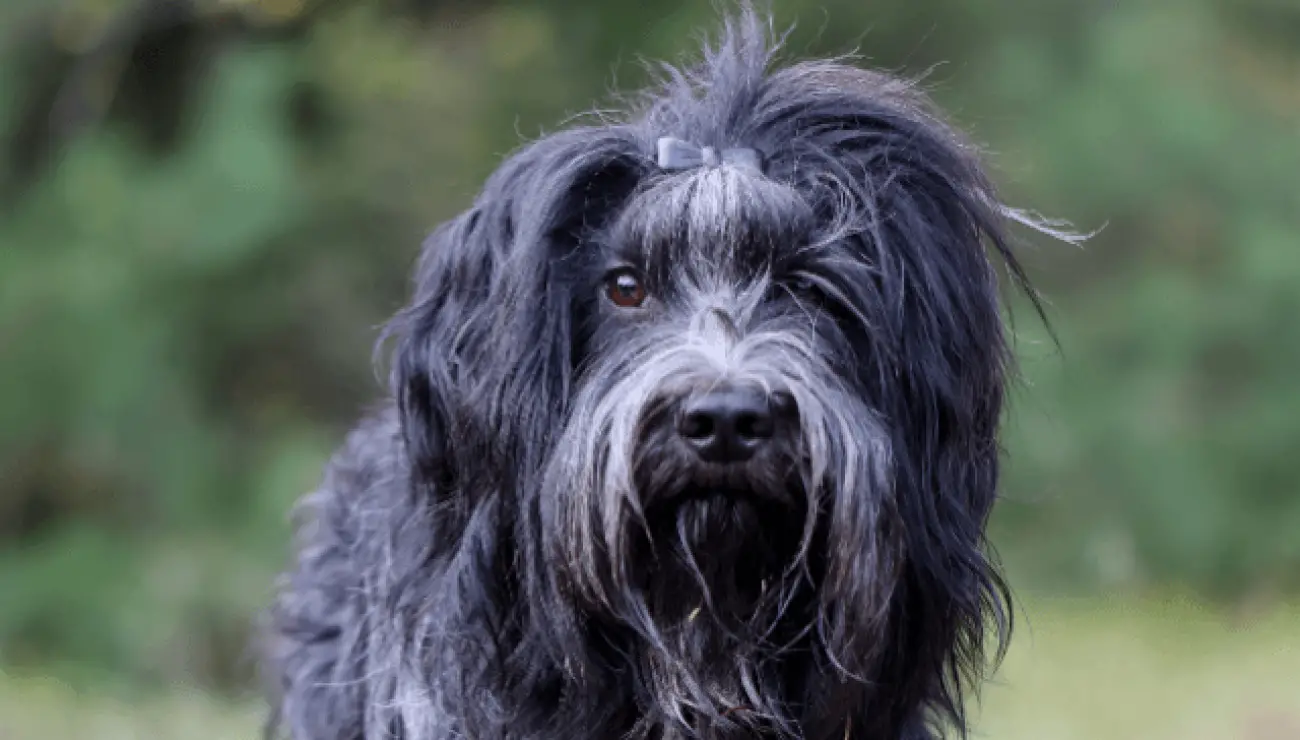
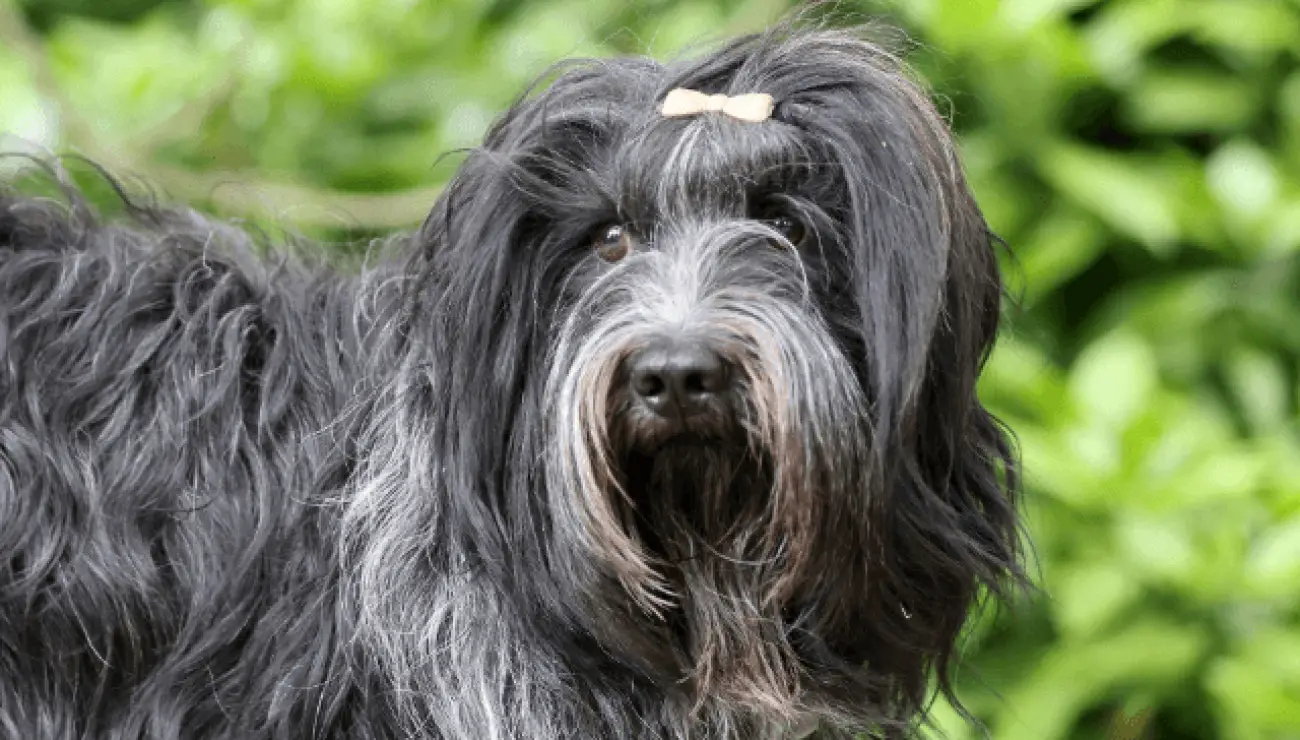
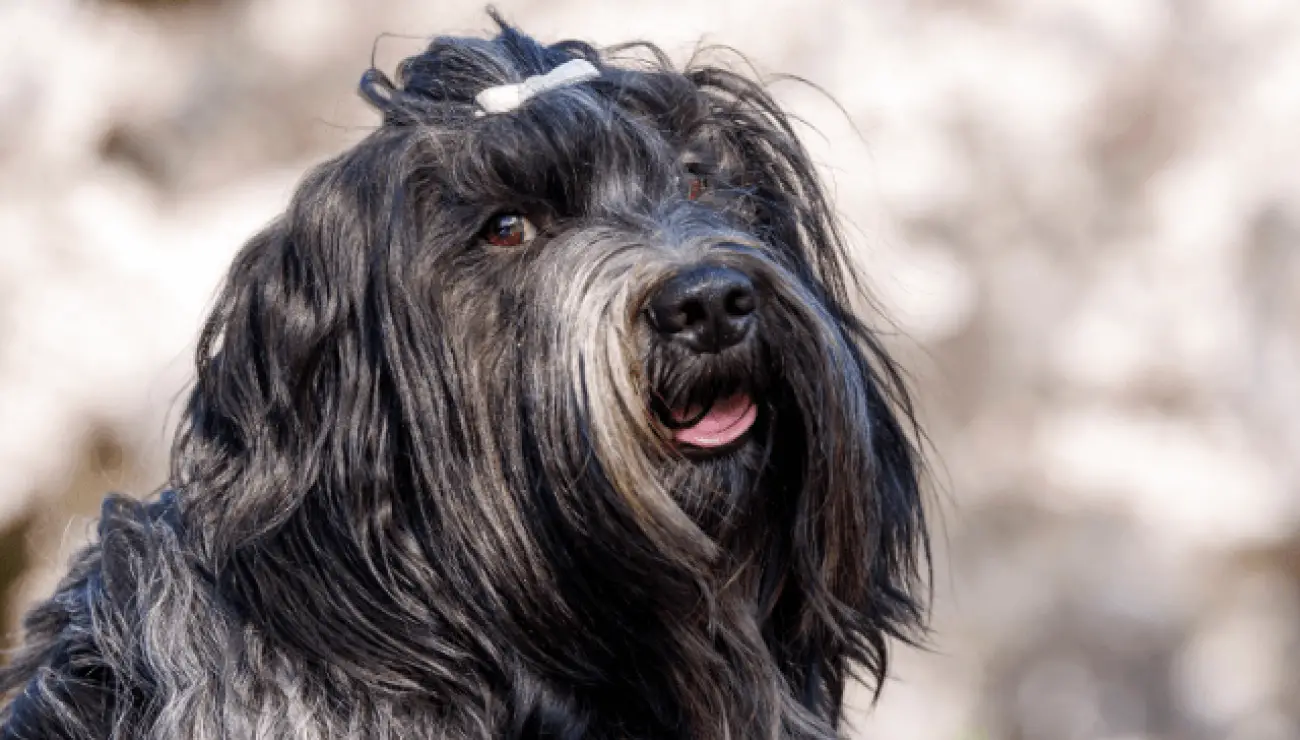
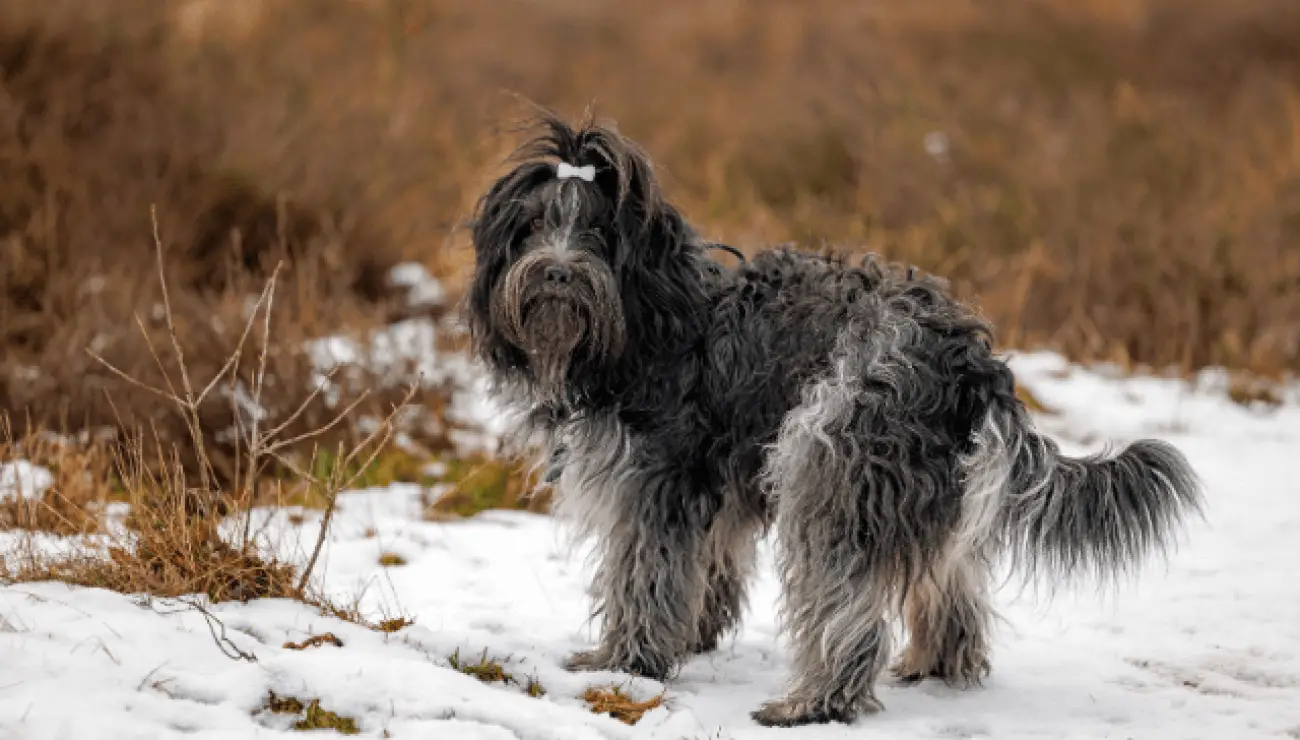



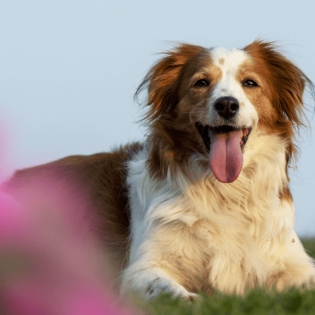
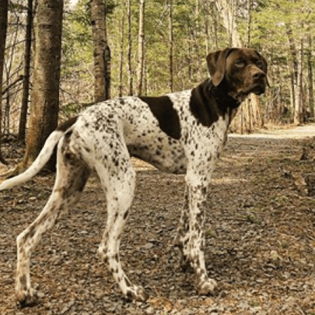






Share